Stadhuis Rotterdam
- Bullethole traces of ww2 are still in the building
- The bells got stolen by the Nazi and have never been found back again
- The land in front Cityhall of Rotterdam, in the front of the building there are still bullet traces visible. The carillon / 48 bells of 27.000kg were stolen in 1943 by the German occupation, taken to Germany and never found back. In the hall 2 stained glasses were gifted by Belgian refugees after world war 1 that found shelter in the city. In the wedding hall’s mural painting bullet traces are still visible. There is also a Jewish monument, a head sculpture of Winston Churchil and at the stairs a plaque for died civil servants. As well as gifted honor medals from Sergeant L.A. Ketley who got shot and is burried in Crooswijk.
After the devastating bombardment of 14 May and the clearing of the rubble and the clearing of the rubble, only a few buildings remain standing in the bare plain that once was the heart of the city. few buildings remain standing. The City Hall, for example, the The City Hall for example, the main post office and the new stock exchange on the Coolsingel. It does, of course, immediately It does of course raise the thought that there must be a reason why precisely these buildings These buildings survived the bombardment'', says Noordhoek. You often hear that the Nazis, for example, deliberately did not bomb the government buildings in order to get hold of the administration.'' This story is not true, however. The bombers were not at all capable of aiming so precisely. Besides, all the buildings mentioned have been hit by bombs. But there are reasons why they are still there. Or rather, there is a combination of reasons. To begin with, the great destroyer of the city was the fire caused by the bombardment, much more than it was the bombs themselves.
City Hall (1920), post office (1923) and stock exchange building (1940) were free-standing, modern and important buildings and as such were better protected from the fire. Moreover, they were eligible for damage repair. Shortly after the bombing, the national government expropriated the affected area and stipulated that private buildings were not eligible for restoration. This led to large-scale demolition, so that after the rubble has been cleared, the buildings that were still standing stand out even more.
stand out.
City Hall. Unfortunately, we cannot be sure of the origin of this damage. What we do know is that before the city surrendered after the bombardment of 14 May 1940, there were no German soldiers on Coolsingel. on the Coolsingel. The holes in the city hall are therefore not the result of The holes in the Town Hall are therefore not the result of fighting between Dutch and German soldiers," reports Noordhoek.
After the German invasion on 10 May 1940, the post office, city hall and police station were given extra security and the streets around them were barricaded. The security forces checked all passers-by. At first, the guards also shot at overflying aircraft. The headquarters of the air defence in the post office ordered them to stop doing so, because it was useless and also gave the impression of firefights in the streets'.
On 12 May, reports came in of infiltrated German troops on the Coolsingel, after which a sweep is started. No German soldiers are found, but it German soldiers were found, but it was a sign of the uncertain situation. In this In this nervous atmosphere, incidents involving Dutch In this nervous atmosphere, incidents took place throughout the each other because they thought they were dealing with broken through German soldiers. with German soldiers who had broken through.
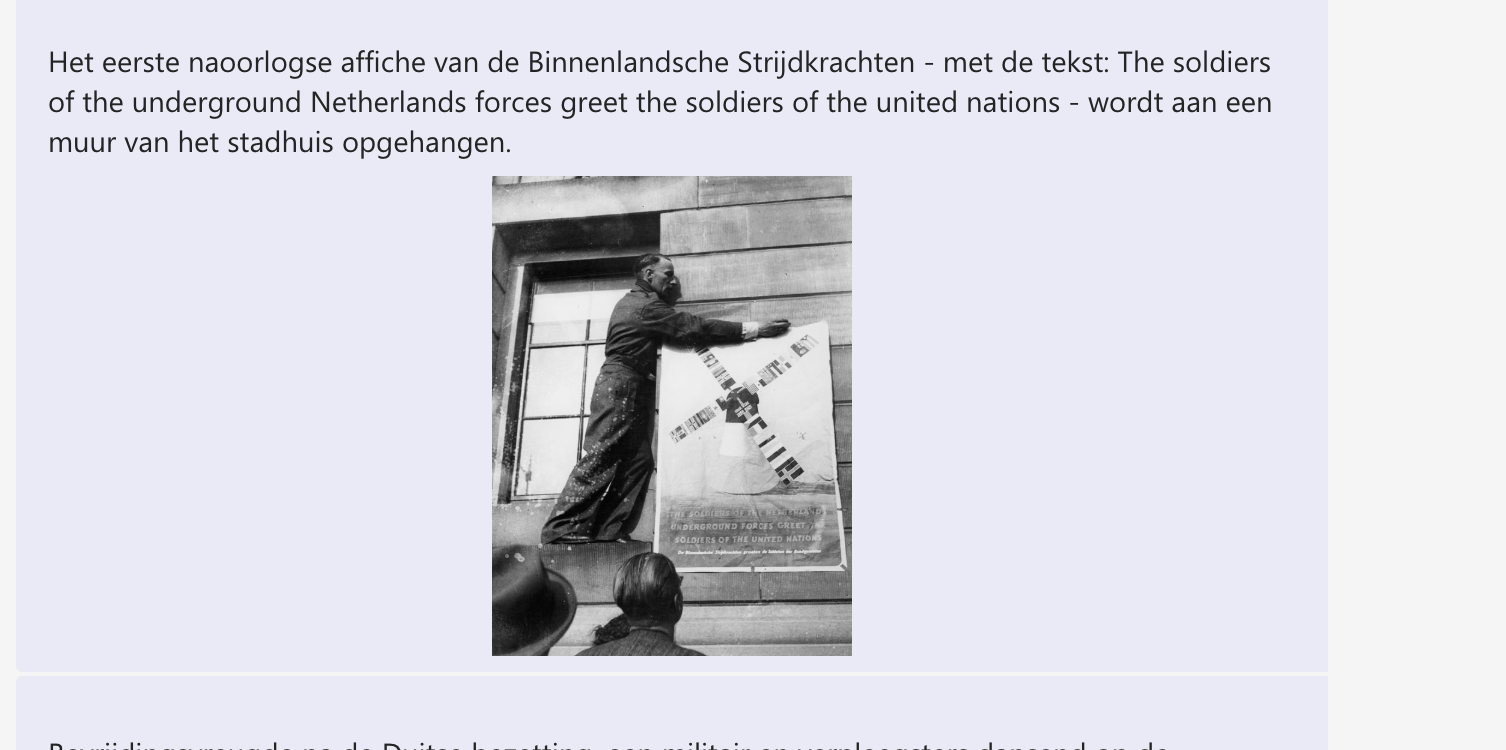
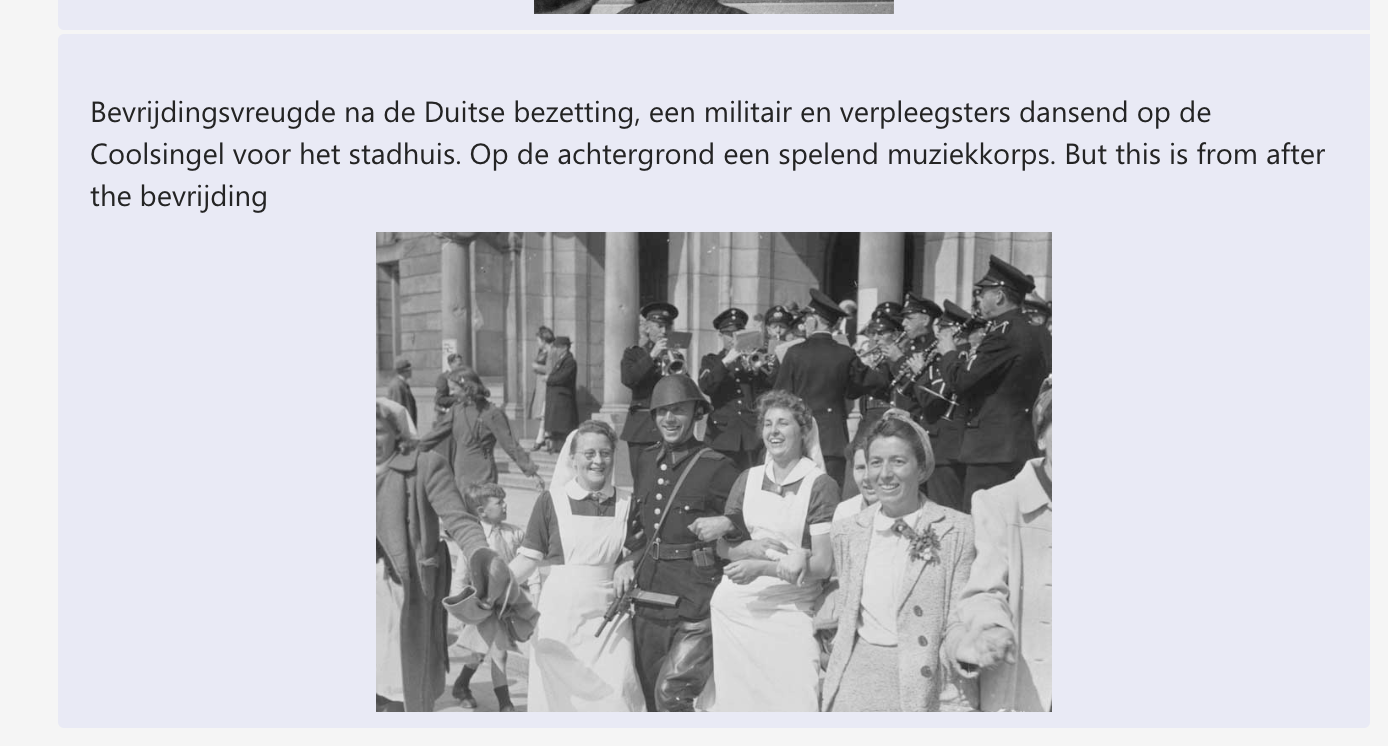
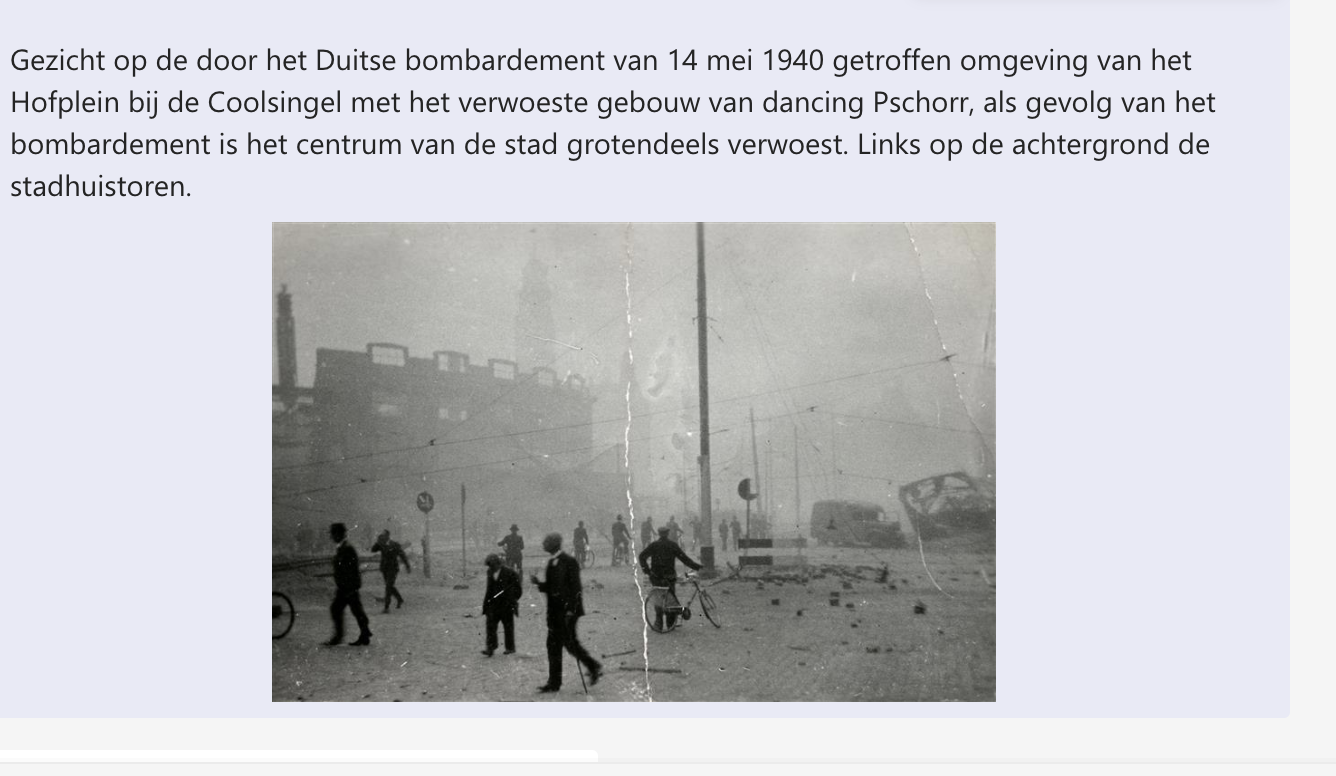
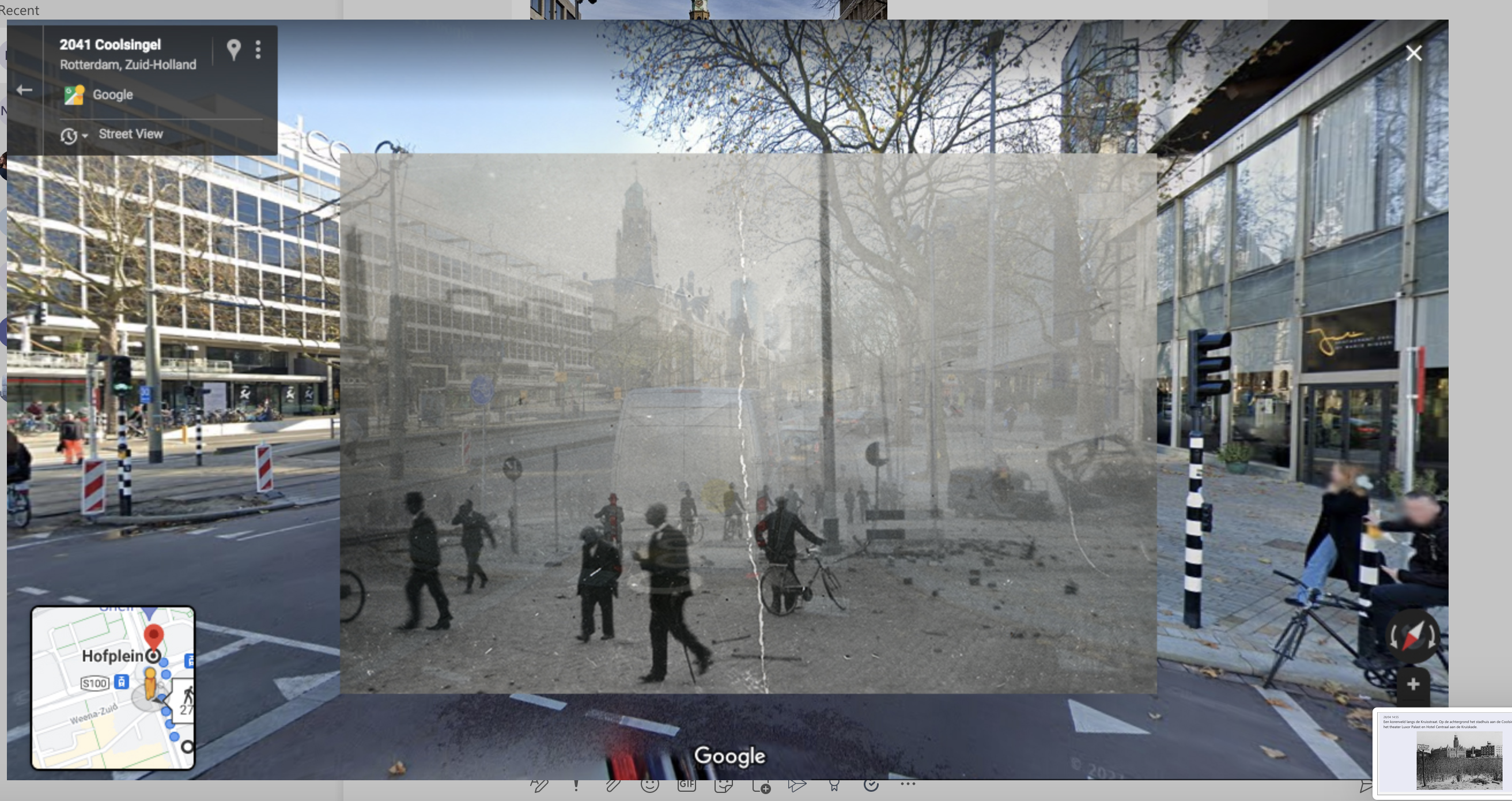
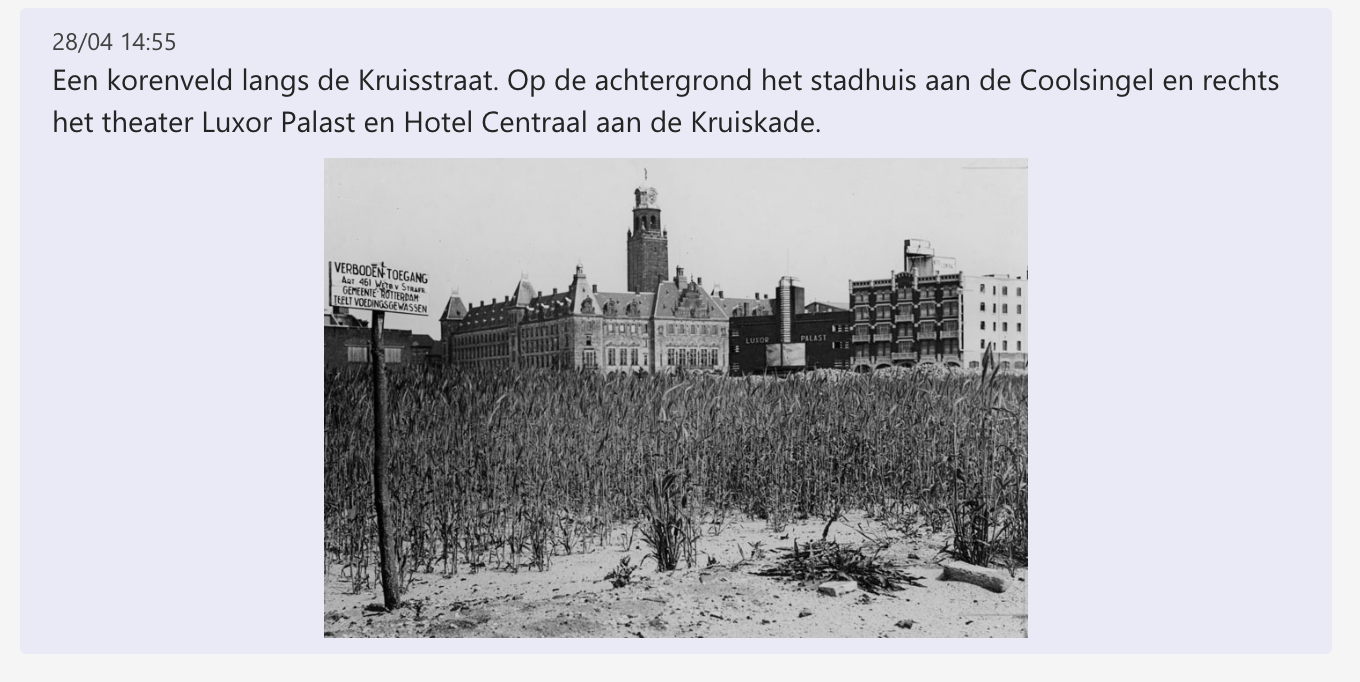
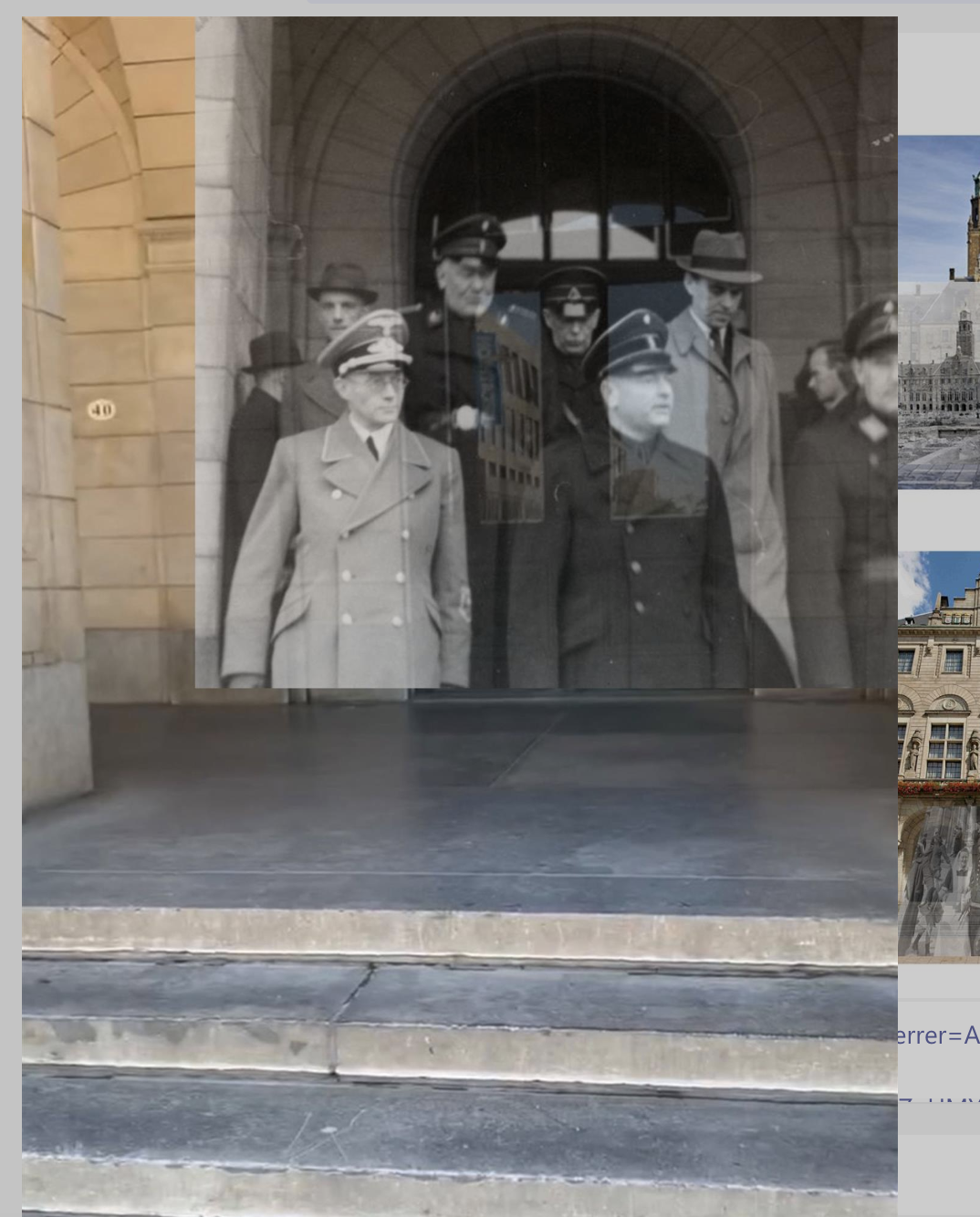
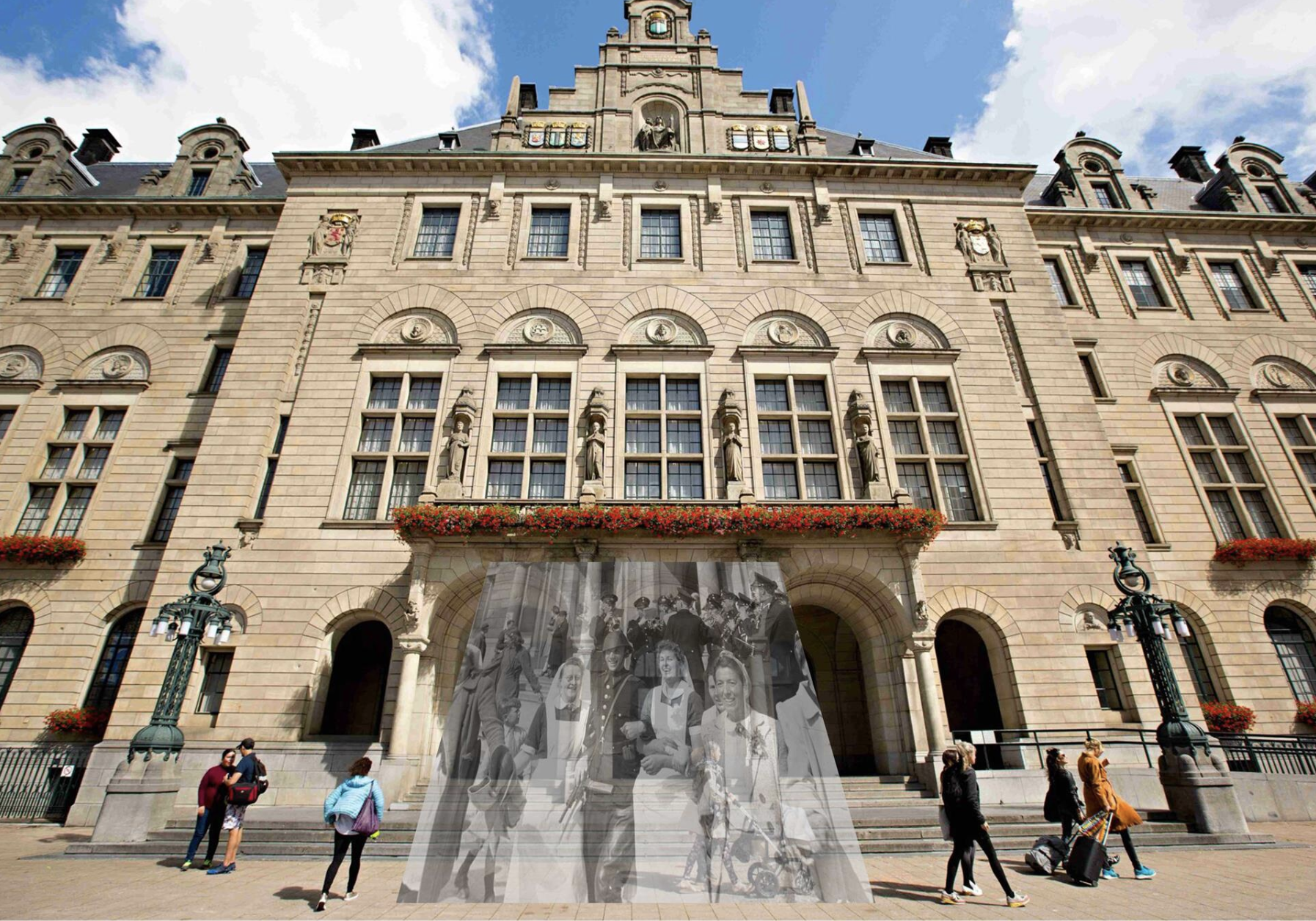
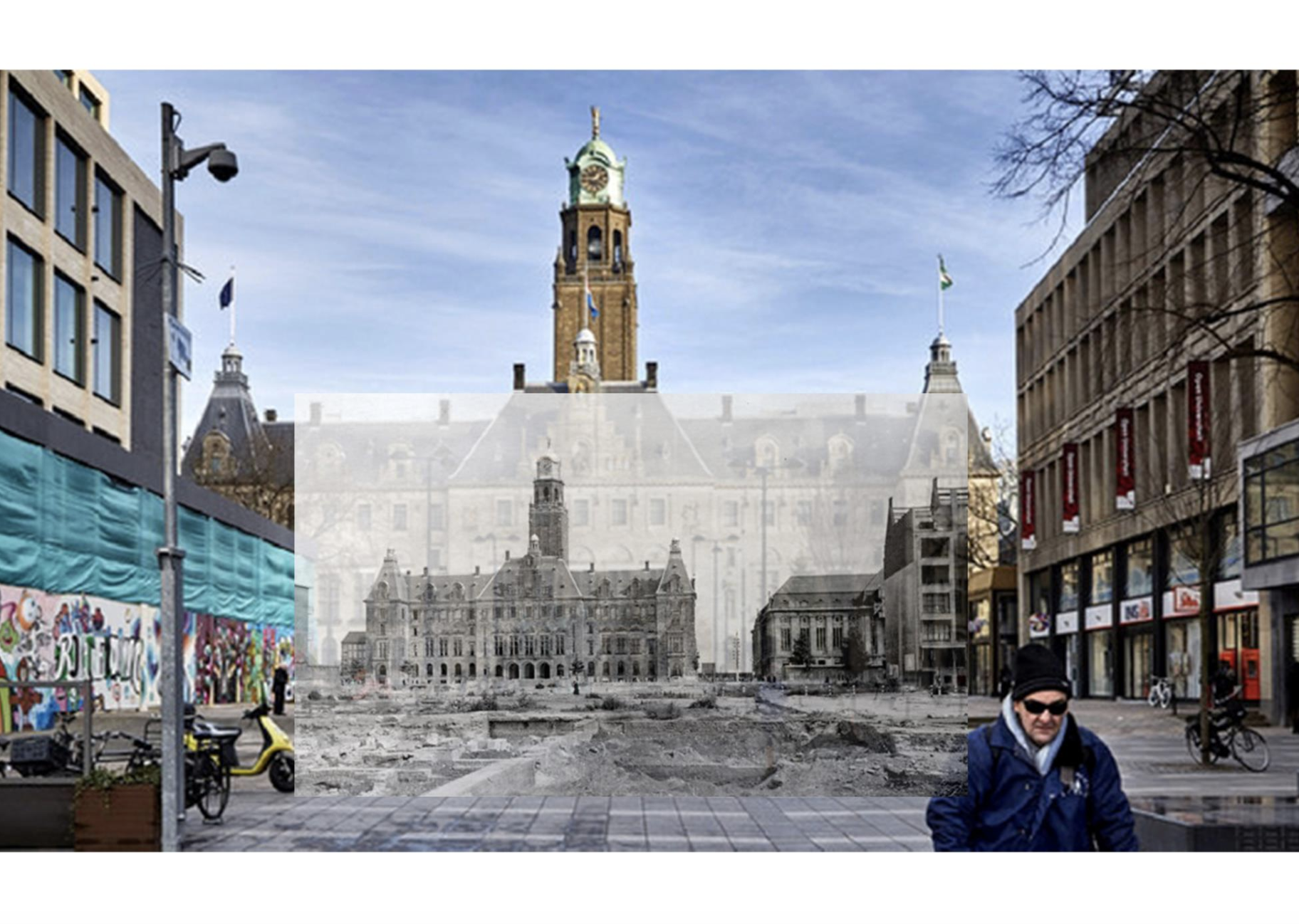
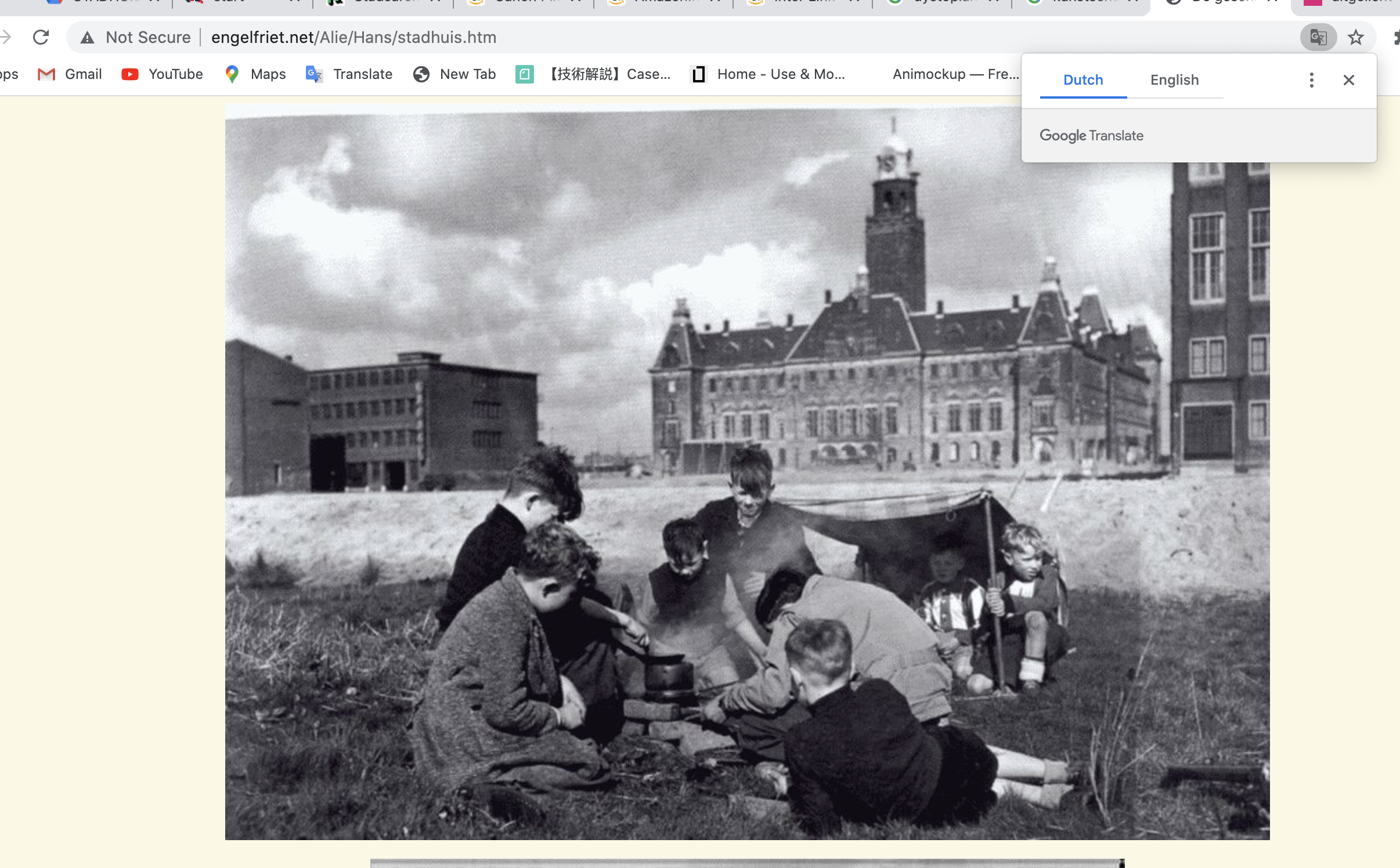
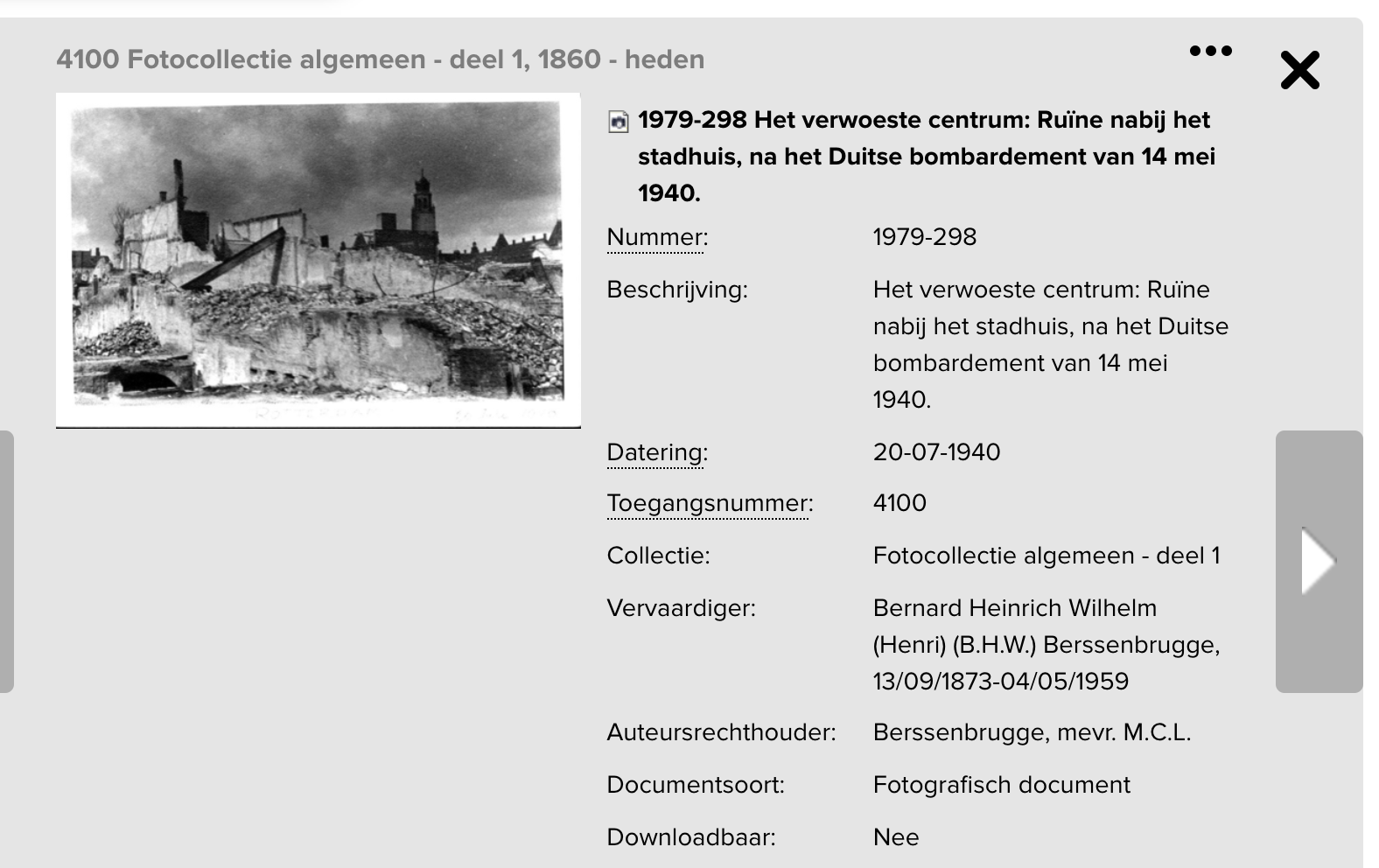
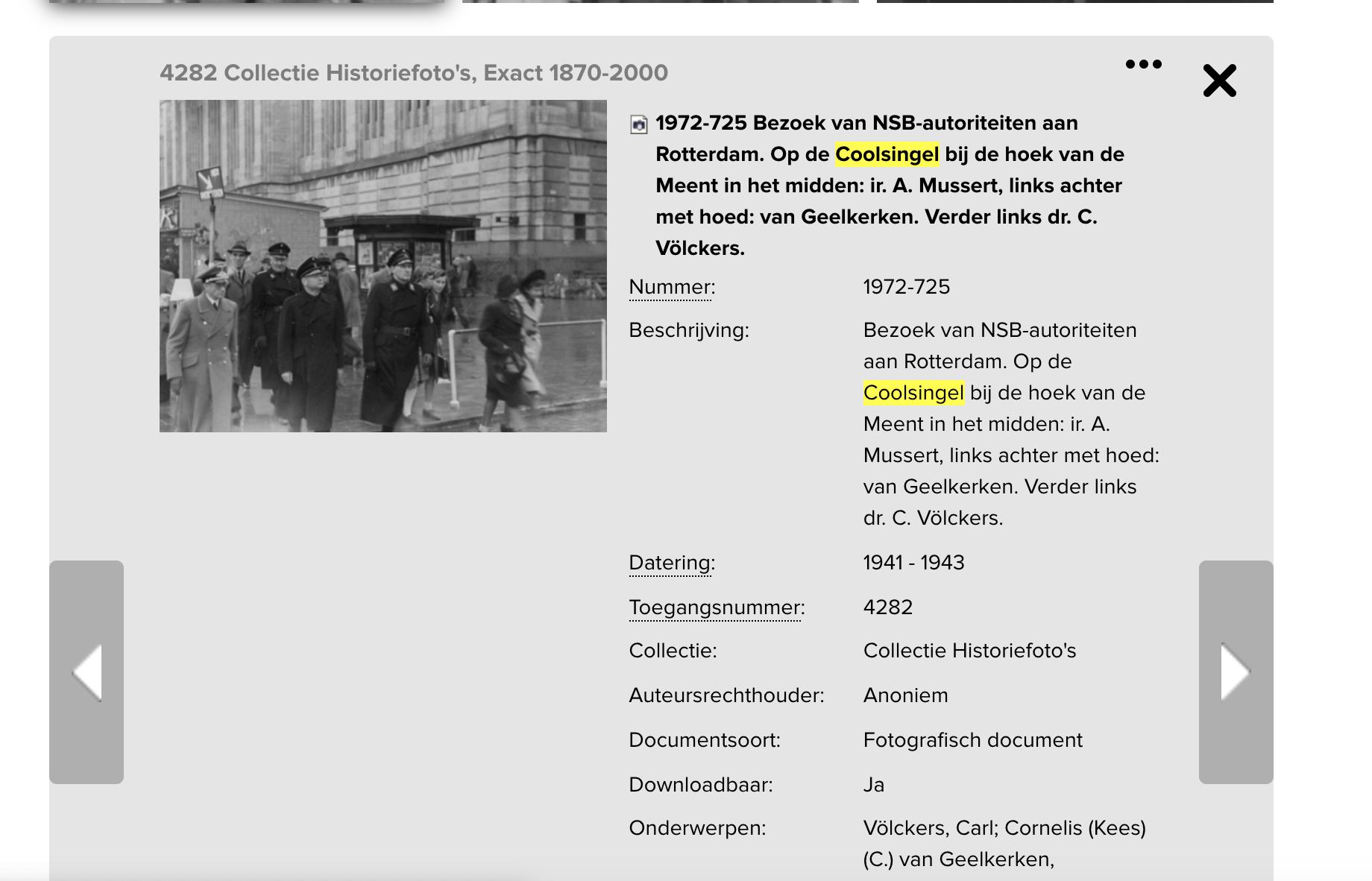
START PAGE
https://openbeelden.nl/media/25012